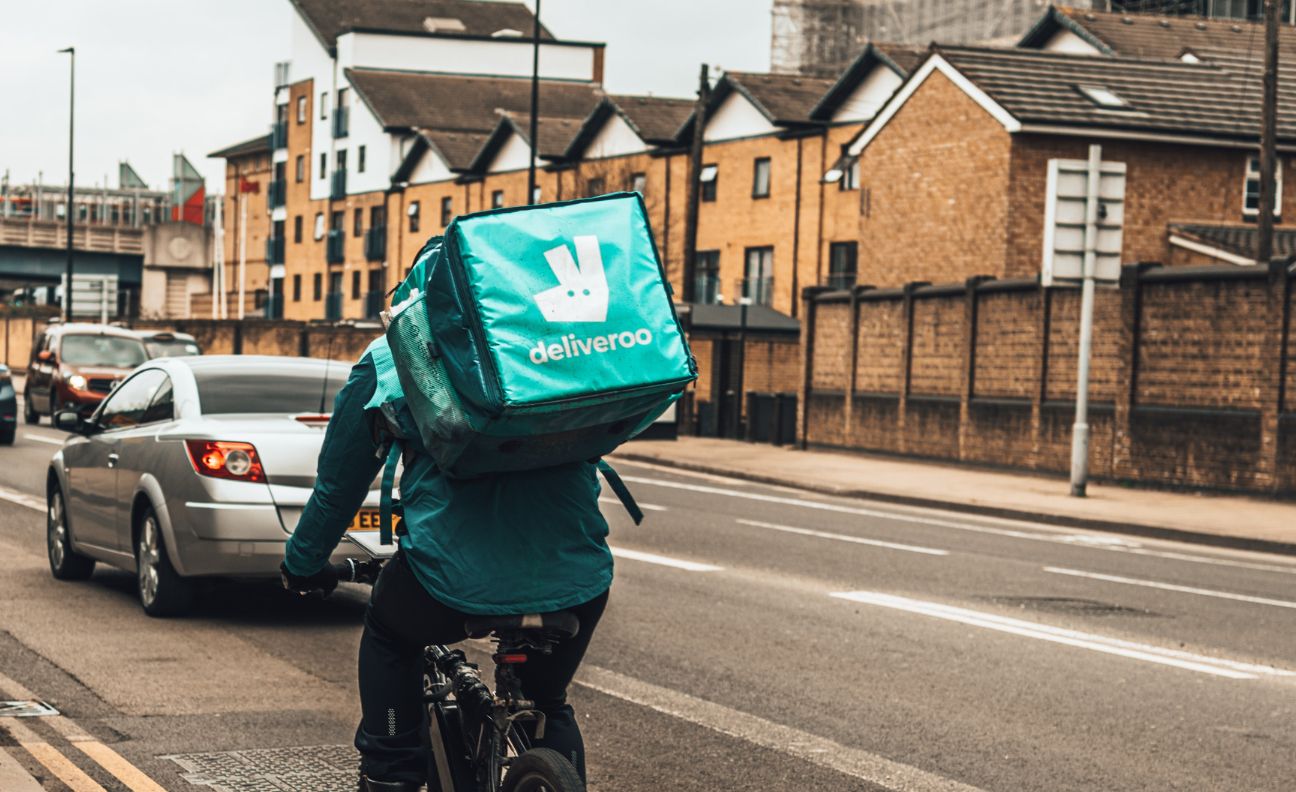Deliveroo has continued to struggle with customer acquisition and retention in Q3 after deciding to reduce its consumer marketing spend in Q2. The company had planned to increase marketing spend over 2022, but CFO Adam Miller said it had made “conscious decisions to pull back on marketing spend” as part of its strategy to “chase” top-line growth.
The move had an immediate impact on Deliveroo’s consumer base, with active customers in the second quarter falling slightly compared to Q1. There has been no indication from Deliveroo that it will U-turn on its strategy; instead, it said it will continue to focus on “more efficient” marketing investment next quarter.
What Went Wrong?
It’s not entirely clear what went wrong for Deliveroo in Q3, specifically. However, one of the main problems seems to be that the company reduced its marketing spend too drastically, without considering the potential consequences. This led to a decline in active customers, which is clearly not what Deliveroo wanted.
Now, the company is trying to find a middle ground between reducing marketing spend and maintaining customer numbers. This might involve investing more money in B2B marketing or finding other ways to reach consumers effectively. In any case, it’s crucial that Deliveroo gets this right; otherwise, it could lose even more ground to its competitors.
Deliveroo’s Ongoing Problems
The food delivery company reported a net loss of £298 million in 2021, compared to £213 million for 2020, more than double the previous year’s loss of £107 million. Deliveroo said it had made “significant progress” on its path to profitability, with losses narrowing in the second half of the year. Deliveroo expected to be profitable on an adjusted EBITDA basis by the end of 2021, while outlining a ‘path to profitability’, most of which has been changed over time.
The company has also been facing challenges in its international expansion. In 2019, Deliveroo pulled out of Germany after two years of operation, citing intense competition from rivals such as Uber Eats and Glovo.
However, Deliveroo remains optimistic about its growth prospects, saying it is well-positioned to capitalise on the “huge opportunity” in the food delivery market.
What Does This Mean for Businesses?
This story is a reminder that businesses need to be careful when cutting costs. Marketing is one of the most important investments a business can make, so cutbacks should always be done with caution.
In the case of Deliveroo, it’s too early to say whether the company will be able to turn things around. However, this story highlights the importance of making smart marketing decisions, even in tough economic times.
Conclusion
Deliveroo’s struggles in Q3 highlight the importance of careful cost-cutting and effective marketing strategies. Businesses should be cautious when reducing their marketing spend, as this can lead to a decline in active customers.









